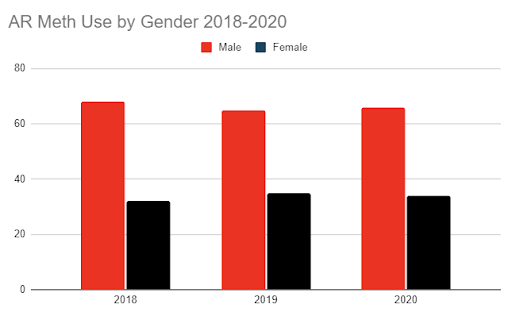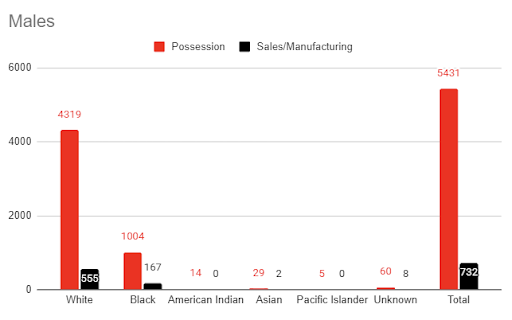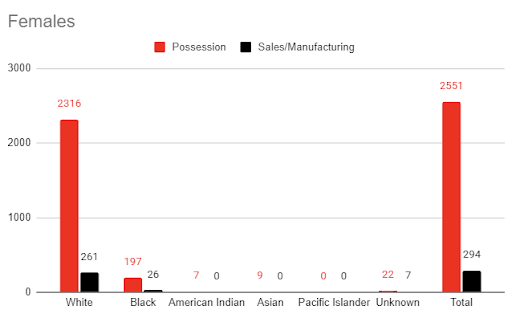Meth is Cheap and Easy to Obtain
Most of the meth currently available in the United States is manufactured in Mexico using chemicals from China or India, as Mexico has also restricted sales of ephedrine and pseudoephedrine. Drug cartels in Mexico also use phenyl-2-propanone (also called phenylacetone or P2P) instead of pseudoephedrine to manufacture meth. P2P can be produced in different ways with different chemicals, and as such it’s extremely difficult for the Mexican government to control. Because meth is highly addictive, more available, and less expensive than other illegal drugs, such as cocaine or heroin, experts predict that meth use will only increase without intervention at the community, state, and federal levels.
Who Uses Meth?
Meth is used all over the country, in urban and rural areas by people of all socioeconomic classes. Some people initially take the drug to cope with working long hours—they hear that it will boost their energy and productivity. It produces an intense euphoria and may also be used for weight loss and sexual endurance.
How many people use meth? According to a 2017 study, an estimated 14.7 million people in the United States—5.4 percent of Americans twelve or older—have tried it at least once. A study by the Substance Abuse and Mental Health Services Administration reports that about 1.9 million (0.7 percent) had used it in the past year (2018) and 1 million (0.4 percent) in the month prior to the survey. Those percentages show an increase from 2005, when fewer than 5 percent of Americans had tried it, but they haven’t varied much since 2015.
Teen Meth Use
Some encouraging news is that community action and prevention efforts to reduce teen meth use are working. Among teenagers, meth use has steadily declined since it peaked in 1999. The rate of past year meth use dropped from 4.7 percent in 1999 to 0.5 percent in 2019 among twelfth graders, from 4.6 to 0.5 percent among tenth graders, and from 3.2 percent to 0.5 percent among eighth graders.
It’s clear that drug education has been successful and needs to continue. In 2003, about 50 percent of twelfth graders were aware that taking crystal meth once or twice was a “great risk.” Fifteen years later, nearly 70 percent of twelfth graders see taking crystal meth as a “great risk.”
While teen use may be dropping overall, many of the teens who do try meth quickly become addicted—and face all the resulting consequences of addiction. Honor roll students fail school, and teens with clean records start stealing from friends and family to fuel their addiction. Some teenagers still think of meth as safer, longer lasting, and easier to buy than cocaine. Fourteen-and fifteen-year-olds have been caught using and selling the drug.
Arkansas Trends
GENDER
In Arkansas, possession data shows that nearly twice as many men are using methamphetamine than women. In 2020, people who use methamphetamine were 68% male and 32% female. In 2019, 65% male and 35% female. In 2018, 66% male and 34% female.

CRIME
In Arkansas, 4 in 10 violent crimes and 5 in 10 property crimes are related to meth. With white males accounting for 4319 arrests for possession in 2021 and 555 arrests for sales/manufacturing versus 1004 black male arrest for possession and 167 for sales/manufacturing. This trend also holds true for white women with 2316 arrest for possession and 261 for sales/manufacturing versus 197 possession arrests for black women and 26 arrests for sales/manufacturing.





